Astilbe Winter Care: How To Winterize Astilbe Plants
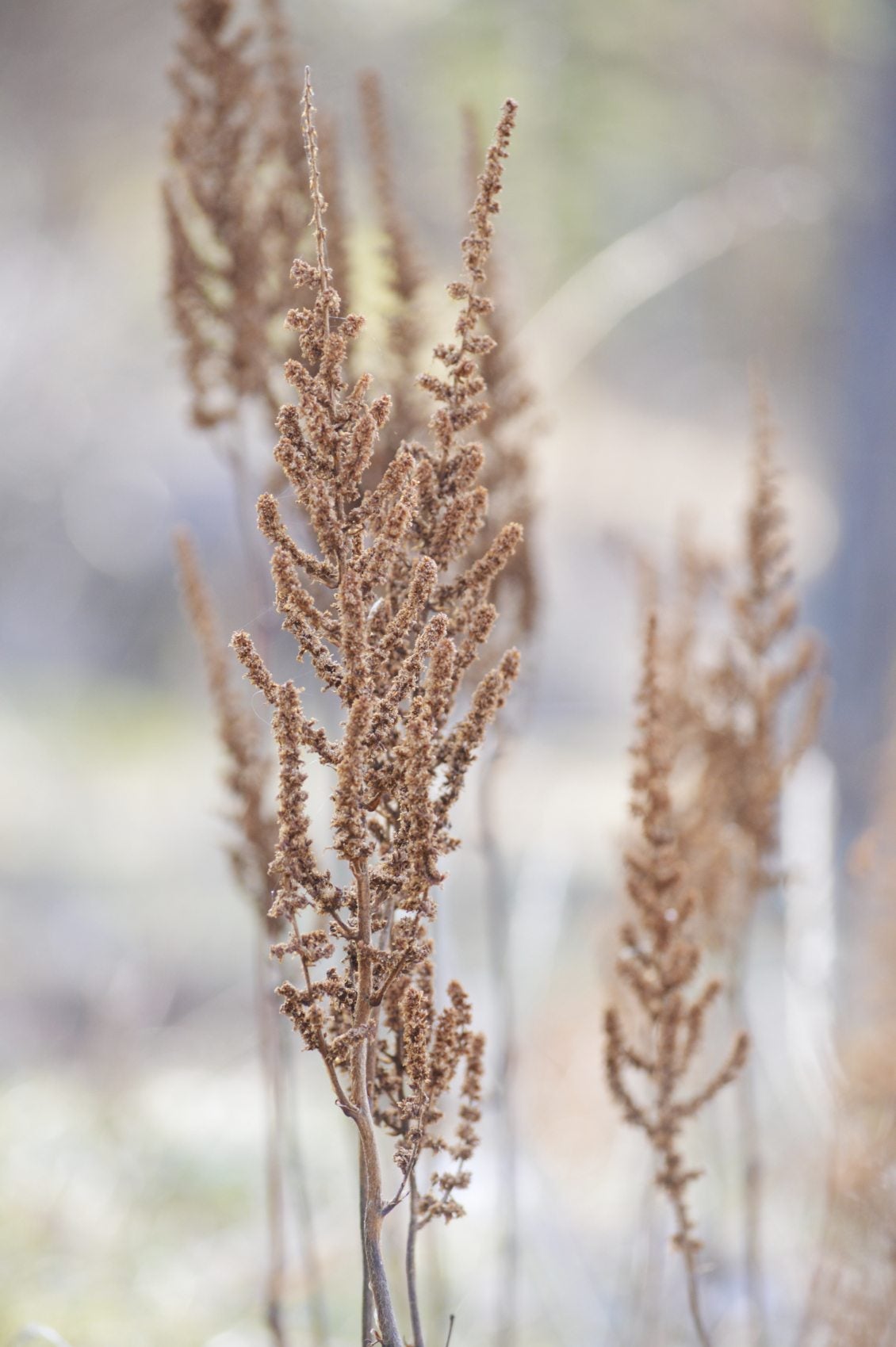

Astilbe is a tough flowering perennial that is hardy from USDA zones 3 through 9. This means that it can survive the winter in even very harsh climates. While it should survive for years, there are a few steps you can take to give it a serious leg up and make sure it survives the cold. Keep reading to learn about care for astilbe plants in winter and how to winterize astilbe.
Winterizing Astilbe Plants
Astilbe plants like to be kept moist, so it’s important to keep watering yours until the ground freezes. After the first hard frost, put down about 2 inches (5 cm.) of mulch around the stem. This will help regulate the temperature of the soil and keep the roots moist throughout the winter. Be careful not to put the mulch down until the frost, though. While the roots like to be moist, mulch in warmer weather can trap too much water and cause the roots to rot. Astilbe winter care is as simple as that-- plenty of water before the frost and a good layer of mulch to keep it there.
How to Care for Astilbe Plants in Winter
When winterizing astilbe plants, there are a couple of routes you can take with the flowers. Deadheading astilbe won’t encourage new flowers, so you should leave them in place through the fall. Eventually, the flowers will dry on the stalks but should stay in place. When winterizing astilbe plants, you can cut all the foliage off, leaving just a 3 inch (8 cm.) stem above the ground. It makes astilbe winter care a little easier, and all new growth will come back to replace it in the spring. You can also save the flowers for dry arrangements indoors. If you want, though, you can leave the flowers in place through the winter. They’ll dry out and provide some interest in your garden when most other plants have died back. You can then cut back all the dead material in early spring to make way for new growth.
Gardening tips, videos, info and more delivered right to your inbox!
Sign up for the Gardening Know How newsletter today and receive a free copy of our e-book "How to Grow Delicious Tomatoes".

The only child of a horticulturist and an English teacher, Liz Baessler was destined to become a gardening editor. She has been with Gardening Know how since 2015, and a Senior Editor since 2020. She holds a BA in English from Brandeis University and an MA in English from the University of Geneva, Switzerland. After years of gardening in containers and community garden plots, she finally has a backyard of her own, which she is systematically filling with vegetables and flowers.
-
 Get Ready For A Summer Of Hummers! Grow These Full Sun Hummingbird Plants and Flowers
Get Ready For A Summer Of Hummers! Grow These Full Sun Hummingbird Plants and FlowersIf you’re lucky enough to enjoy a sunny backyard, make sure you are maxing out on your pollinator opportunities and grow these full sun hummingbird plants and flowers
By Tonya Barnett
-
 12 Lush Alternatives To A Lawn For Sustainable Spaces
12 Lush Alternatives To A Lawn For Sustainable SpacesAlternatives to a lawn are beautiful and also beneficial to your local ecosystem and its pollinators. Explore our top picks for plants to replace grass.
By Tonya Barnett
-
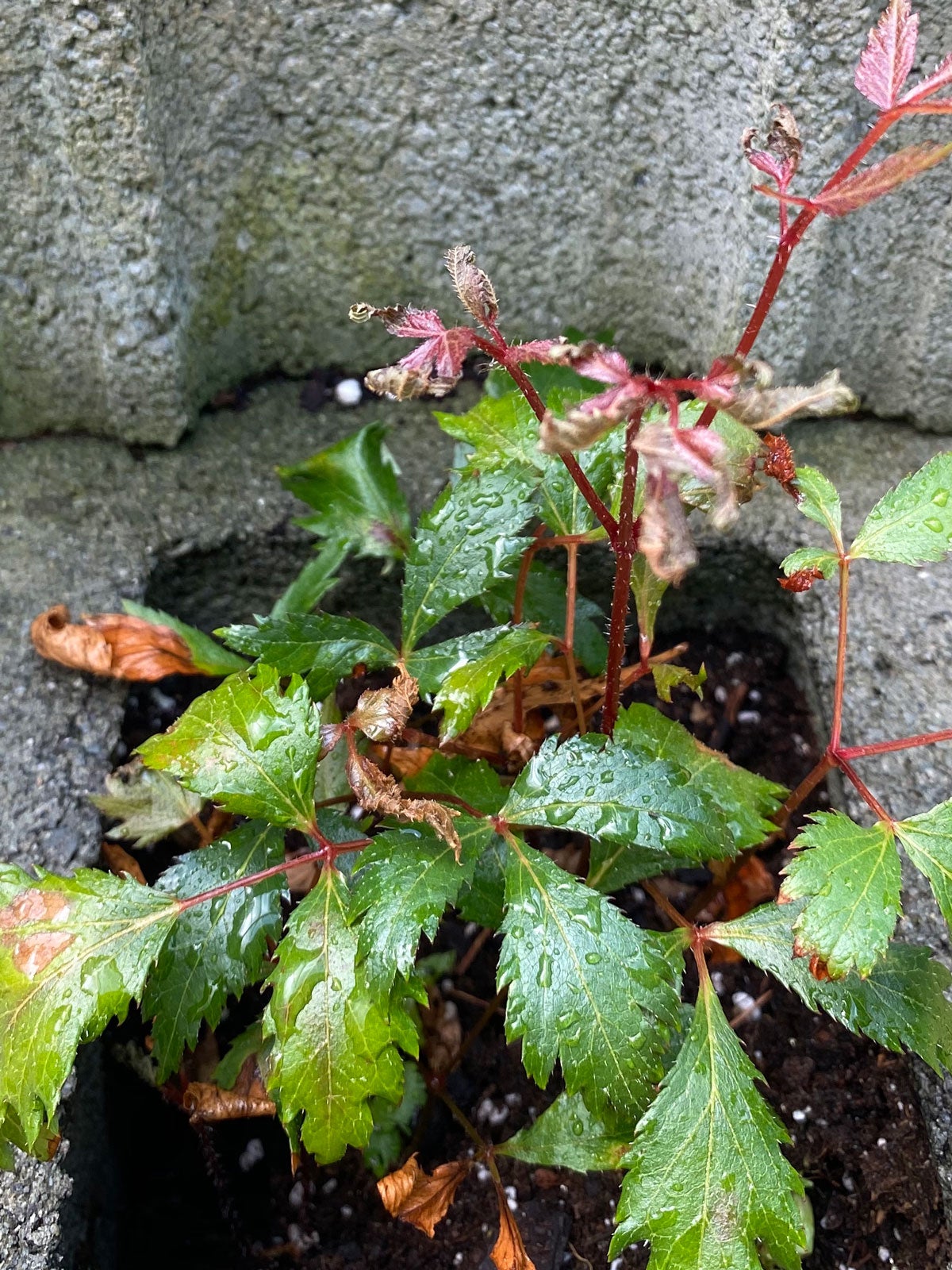 Astilbe Is Turning Brown: Troubleshooting Brown Astilbes
Astilbe Is Turning Brown: Troubleshooting Brown AstilbesBrowning astilbe can certainly mar your garden. Find out here why your astilbe is turning brown and what you can do to prevent or fix it here.
By Mary Ellen Ellis
-
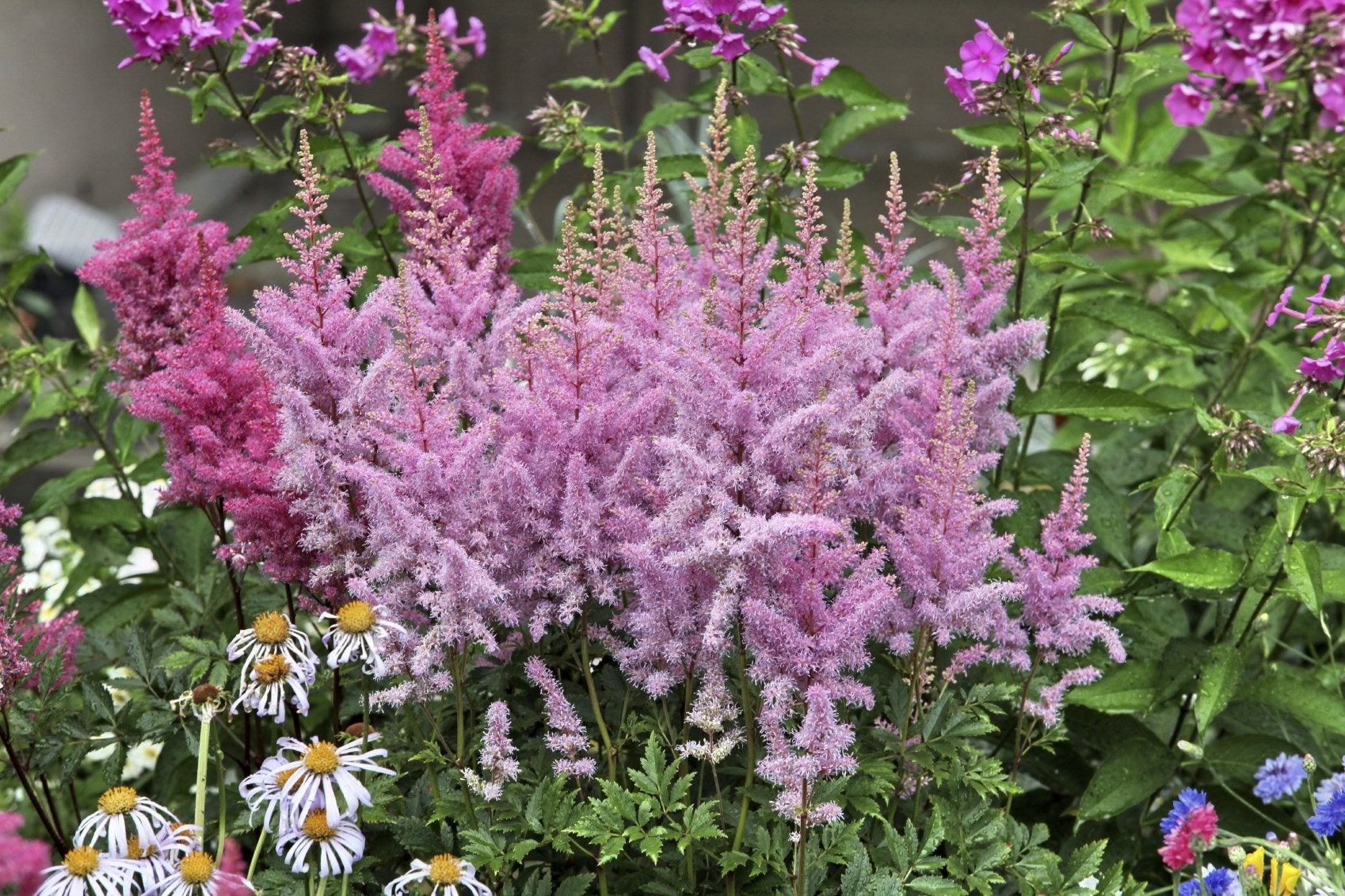 Bloom Time For Astilbe Plants: When Does Astilbe Bloom
Bloom Time For Astilbe Plants: When Does Astilbe BloomWhen does astilbe bloom? Astilbe plant bloom time is usually a phase of time between late spring and late summer depending on the cultivar. Learn more about the blooming of astilbe in this article to ensure more of these flowering plants in your garden.
By Karen Boness
-
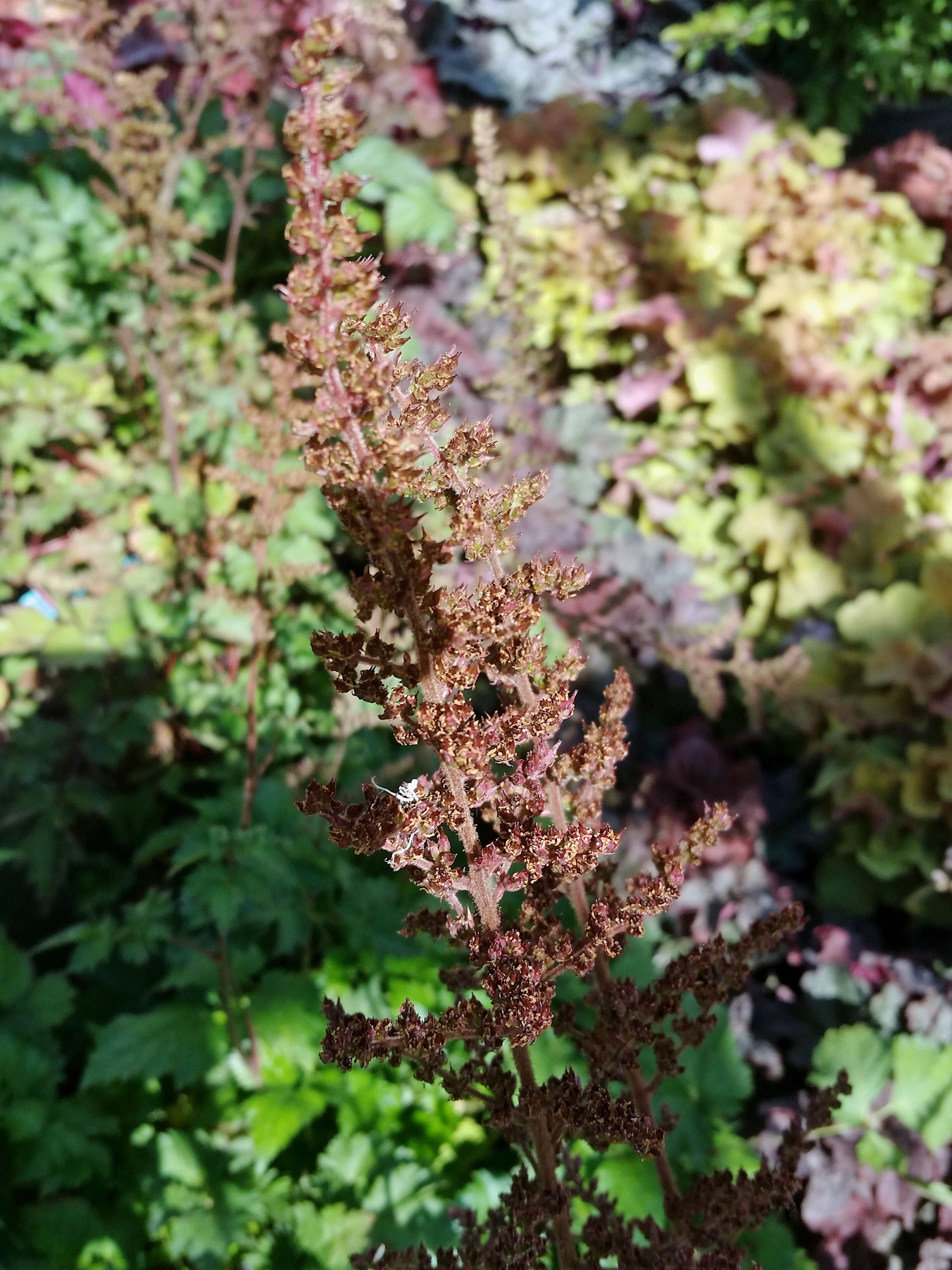 Troubleshooting Astilbe Diseases: Overcoming Problems Growing Astilbe Plants
Troubleshooting Astilbe Diseases: Overcoming Problems Growing Astilbe PlantsAstilbe plants are as tough as they are lovely. This doesn?t mean that they are completely pest free, however. For information on astilbe plant diseases, the following article will help. Click here to learn more.
By Teo Spengler
-
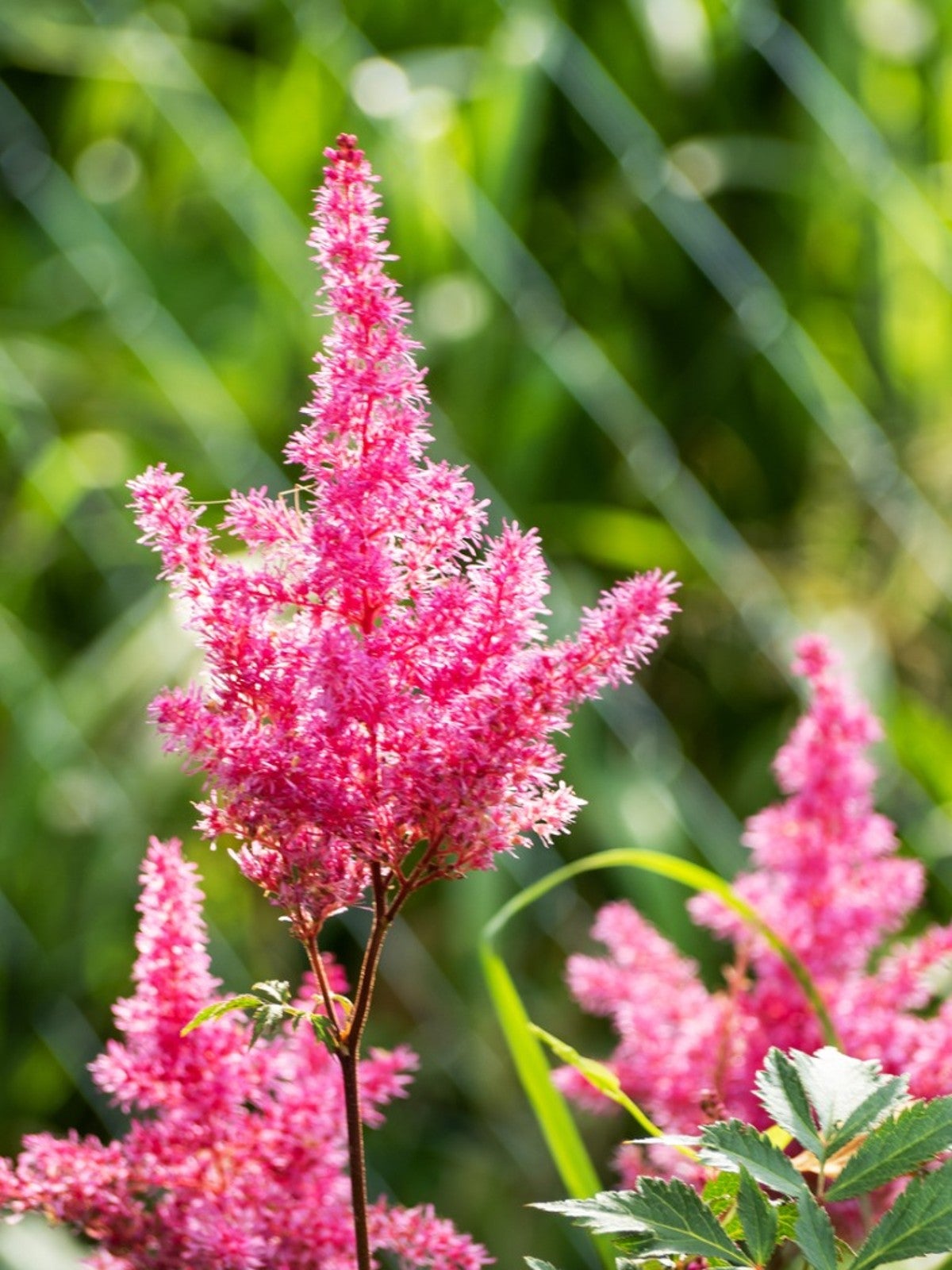 Tips On Feeding Astilbe: Learn About Fertilizer For Astilbe Plants
Tips On Feeding Astilbe: Learn About Fertilizer For Astilbe PlantsAstilbe produces vibrant, beautiful fronds of flowers, bringing color to dark areas. But how can you make sure you're getting the most out of your astilbe blooms? Click this article to learn more about how to fertilize astilbe plants.
By Liz Baessler
-
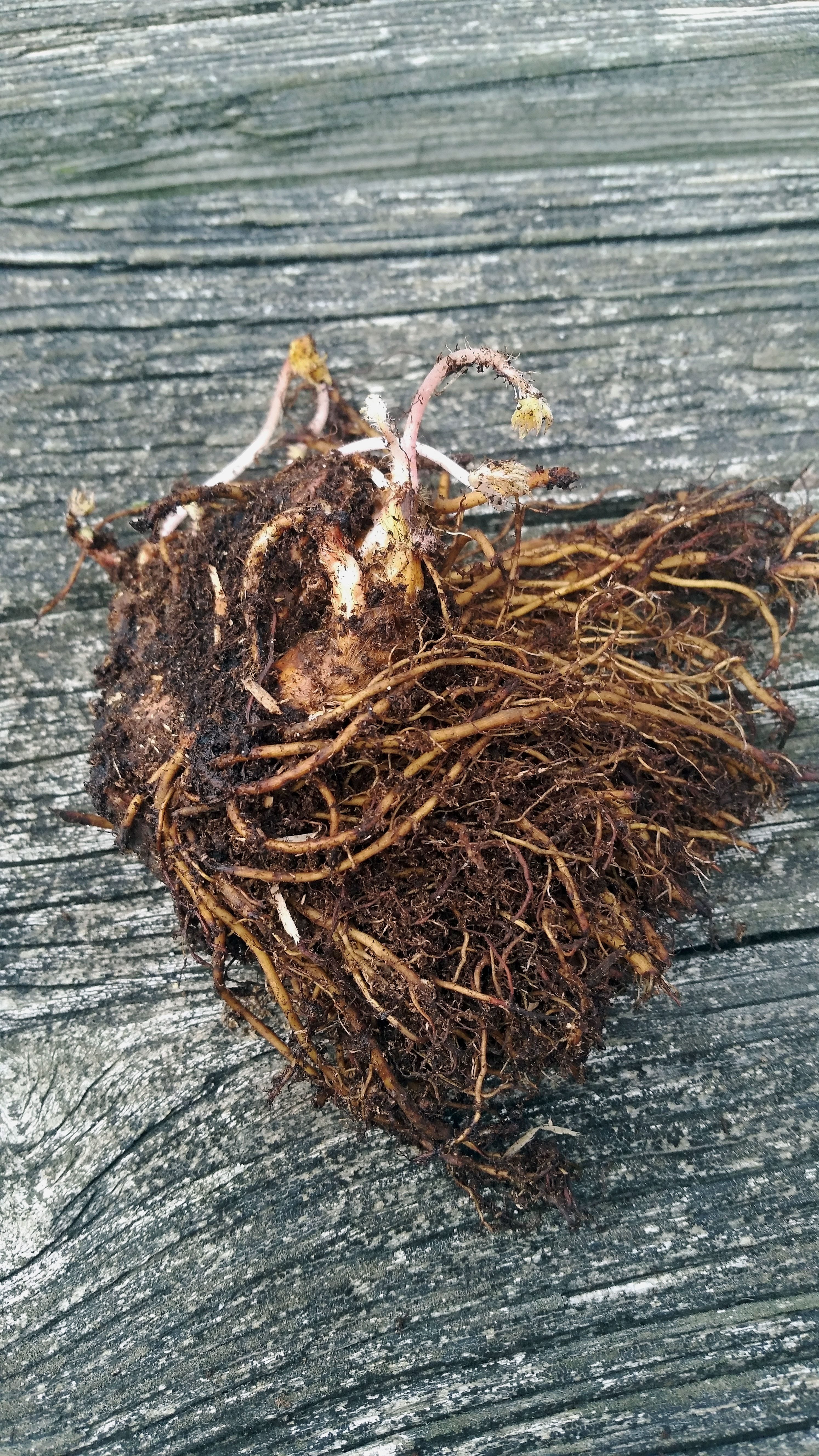 Astilbe Bare Roots – Learn About Bare Root Planting Of Astilbe
Astilbe Bare Roots – Learn About Bare Root Planting Of AstilbeAstilbe plants are usually propagated by root division in spring. Sometimes, however, they are sold bare root at that time. For more information about growing astilbe from bare roots, you should click on the following article.
By Teo Spengler
-
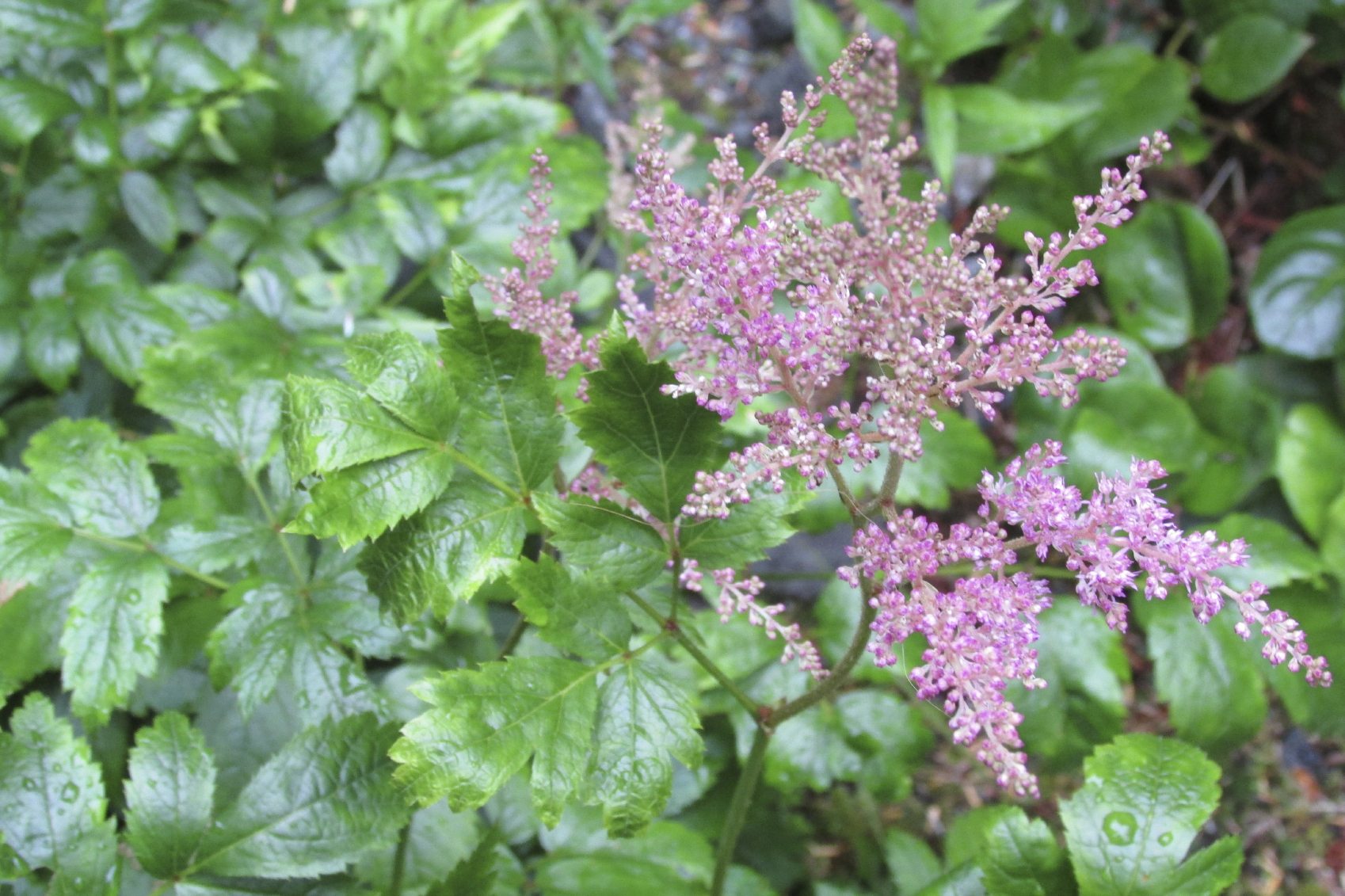 Dividing Astilbe Plants: How To Transplant Astilbe In The Garden
Dividing Astilbe Plants: How To Transplant Astilbe In The GardenMost perennial plants can be divided and transplanted, and astilbe is no exception. You don't need to transplant or divide astilbe plants every year, but every two to four years. For more information on dividing astilbe plants, click this article.
By Teo Spengler
-
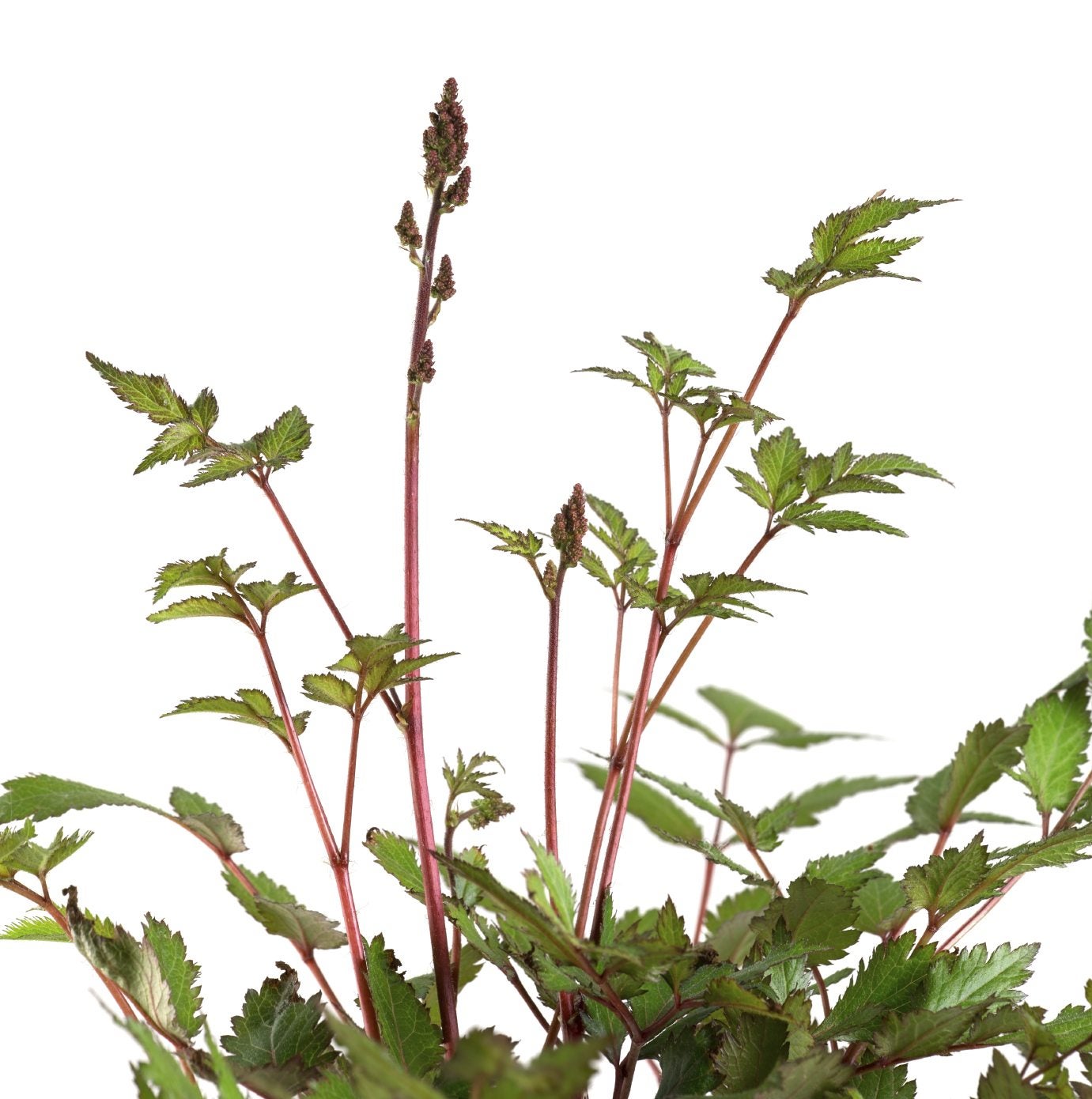 Astilbe Won’t Bloom: Reasons For Astilbe Not Blooming
Astilbe Won’t Bloom: Reasons For Astilbe Not BloomingAstilbe is one of America's most loved ornamental plants, and with good reason. This hardy perennial produces masses of blooms. It is generally a reliable bloomer, but if your astilbe won't bloom, there are several possible causes. This article will help.
By Mary H. Dyer
-
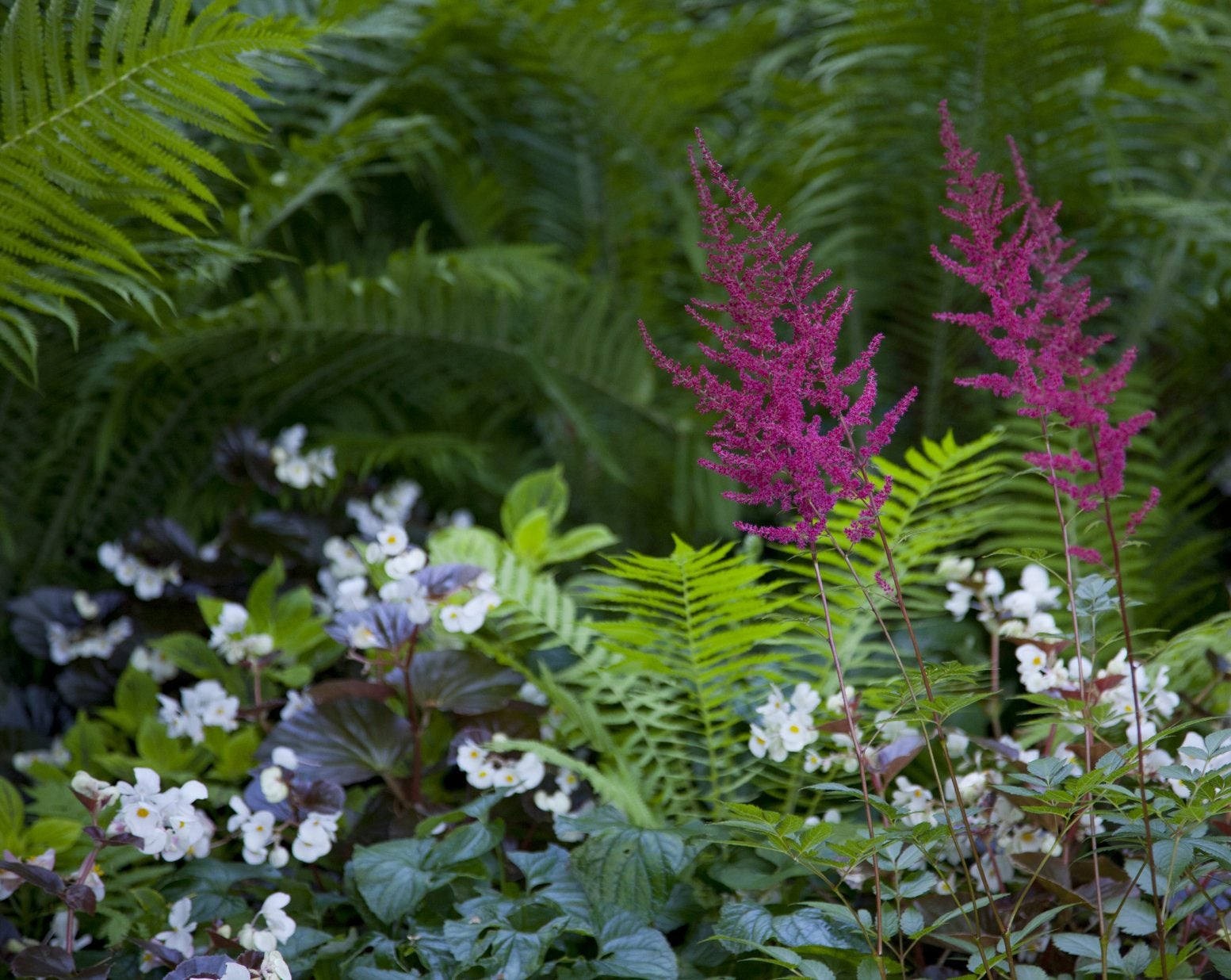 Astilbe Companion Planting: Companion Plants For Astilbe
Astilbe Companion Planting: Companion Plants For AstilbeAstilbe is a fantastic plant to have in your flower garden. But what else can go in those spaces with it? Click on this article to learn about astilbe companion planting and plants that grow well with astilbe.
By Liz Baessler